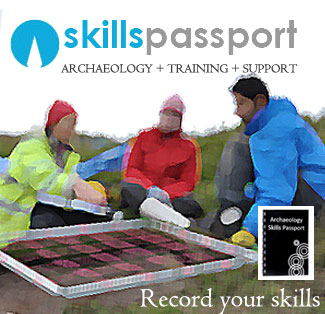Environmental archaeology is the study of our relationship with the environment throughout history, using techniques from biology and geology, but in most cases on site, you will likely be asked to sort samples collected by sieving or flotation.
Biological remains are a rich source of archaeological information. By studying the minute, preserved remains of plants (such as charcoal, seeds and pollen) and animals (such as snails and microfossils), and buried soils and sediments, environmental specialists reveal how people’s lives were influenced by and, in turn, altered the environments in which they lived and worked.
PRINCIPLE: Understand on-site flotation and sieving, sample recovery and processing programmes as well as discard policies.
- Novice – Can assist in the sorting of environmental samples with supervision.
- Competent – Is able to sort, bag and record samples with minimal supervision.
- Proficient – Will be able to take samples and correctly process, sort and record without full supervision.
Professional tips:
Remember that samples are part-processed on site to remove the bulk soil content, but scientific analysis usually happens off-site in a laboratory.
Use a magnet to look for signs of hammerscale if appropriate
Wear nitrile gloves if handling samples if suggested by the environmental specialist.
Environmental Studies Resources – English Heritage
For a how-to slide show on machine flotation, see this one put together by UCL student Leilani Lucas.
Nesbitt, M. 1995. “Recovery of archaeological plant remains at Kaman-Kalehöyük,” in Essays on ancient Anatolia and its surrounding civilizations, vol. 8, Bulletin of the Middle East Culture Centre in Japan. Edited by T. Mikasa, pp. 115-130. Wiesbaden: Harrassowitz. [available as a PDF from the author at ancientgrains.org]


